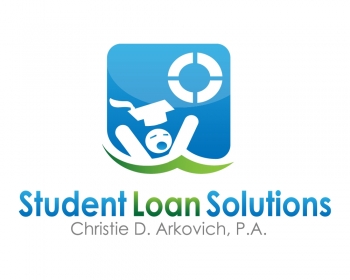This is a pretty cool map that shows the southeastern U.S. as ground zero for the student loan crisis. Most all of Florida shows this to be a High, Very High or Extremely High debt level according to this map.
I’m glad our bankruptcy court for the Middle District of Florida is taking this very important step to implement a new Student Loan Management Program for all debtors in Tampa, Orlando, Jacksonville and Ocala – and surrounding areas in between. The program goes live on October 1 — and anyone who is a debtor in a pending case is eligible for this relief, as well as all future debtors!
Please reach out to us if you want to know more about the student loan program now being offered by our bankruptcy court. We are also available to co-counsel on any cases with bankruptcy counsel who may be unfamiliar with the options available under this program.
 Reboot Your Life: Tampa Student Loan and Bankruptcy Attorney Blog
Reboot Your Life: Tampa Student Loan and Bankruptcy Attorney Blog




